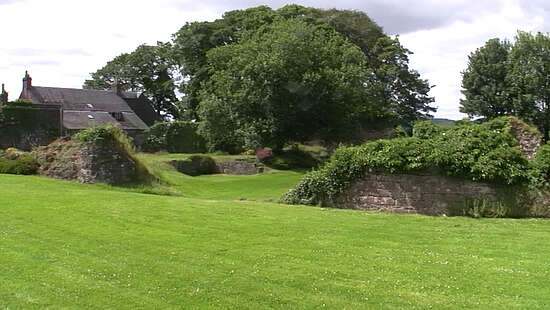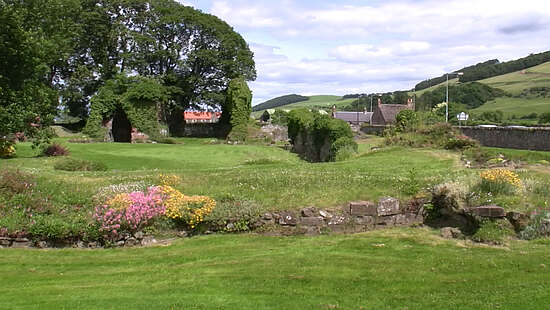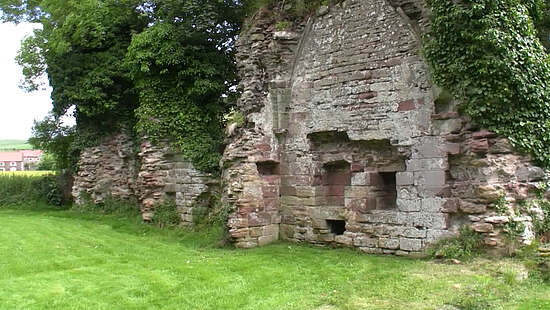The Birthplace of Scotch Whisky
Lindores Abbey
The ruins of Lindores Abbey lie on the outskirts of the small town called Newburgh and very close to the river Tay. It is about an hour drive north of the city of Edinburgh. It's known as the birthplace of Whisky and it can be traced back to 1494. It is the oldest noted evidence of distilling. Back in 1494 distilling was mostly used to produce perfume or alchemist substances. As the distilling business was not established in Scotland you didn't need a licence or have to pay taxes on the alcohol produced. For the documented history this was a bad thing as every farmer could just produce Whisky without documenting it. There are many documents about Lindores Abbey. First of all they needed to buy malt and had to pay duty on it. Secondly and this is the official recorded fact is that King James IV ordered aquavitae from the abbey in a royal commission. The original wording was “To Friar John Cor, by order of the King, VIII bolls of Malt, wherewith to make acqua vitae". The boll is an old Scottish unit and varied a lot during the time. Also it could be used to count bushels of wheat barley and measure volumes. So it is very unclear how large the order by the King was but we can assume that the distillery was very, very small compared to the distilleries we have today.
There is no recorded recipe for making the acqua vitae, but the following can be assumed due to common practice during the time. We can assume that the Malt was malted on the traditional malting floors and that the yeast used in the fermentation was either from yeast spores in the air or the yeast of the last batch brewed. The yeast was not cultivated and produced a lot of bitter substances inside the Beer. The water used by the Abbey is a recorded fact. The Abbey had dug its own burn, "the holy burn". The stills were certainly very small with no regards to reflux within the neck of the still. Also the still will probably have been fired directly and the condenser was a traditional worm tub. The cask maturation was not established during this time, but due to the fact that the only way of storing large quantities of liquid was in casks the acqua vitae had to stay in the barrel until the last batch has been filled and transported to the king. So what we can presume is that the Whisky was very spicy, bitter and only aged for a few month in un-charred European oak casks.
The order of monks living in the Abbey were Tironensian, which is a part of the Roman Catholic order. As the British island slowly became reformed the Reformist leader John Knox ordered the Abbey to be torn down in 1559. All the books, statues, pictures and equipment was destroyed because it was considered heresy. This leaves us with little to no evidence about the distillery. John Knox used this event to improve the reputation of the reformist church by handing out the building blocks to the people of Newburgh. Today there are only a few ruins left from the Abbey and most of them are covered in vines and trees.



